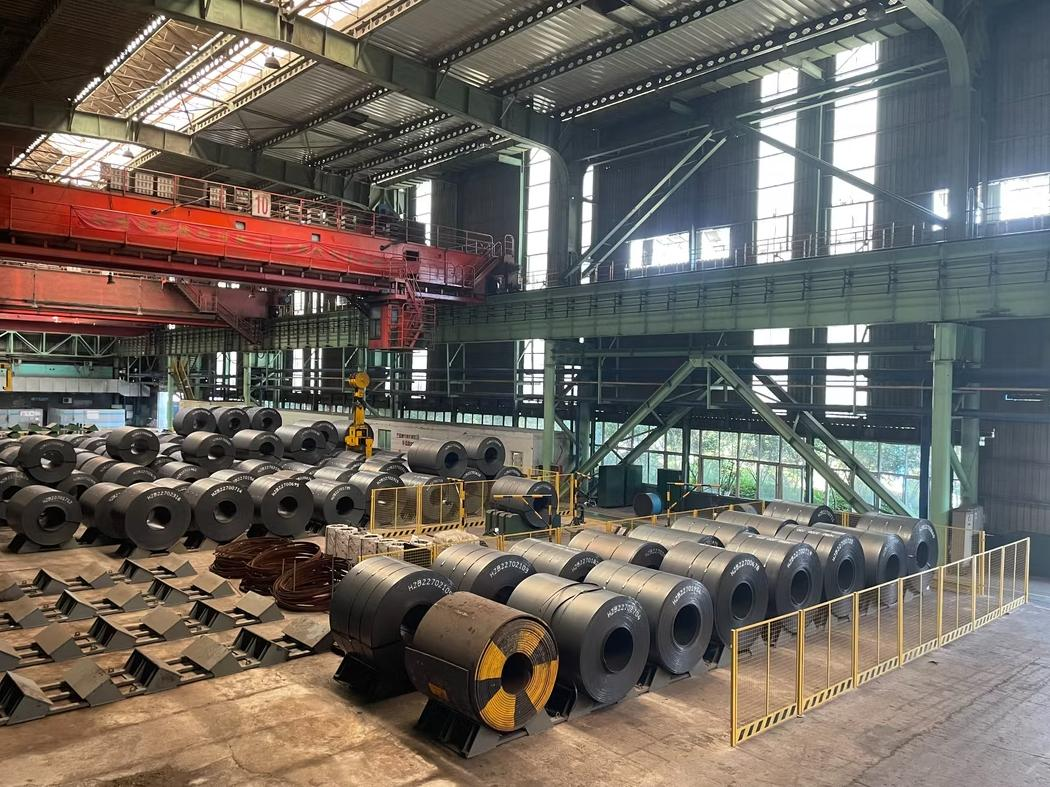
Introduction
Carbon steel is an iron-carbon alloy with a carbon content of 0.0218%-2.11%. It generally contains small amounts of silicon, manganese, sulfur, and phosphorus. The higher the carbon content in carbon steel, the greater the hardness and strength, but the lower the plasticity.
There are different ways to classify carbon steel. According to the amount of carbon content of carbon steel, it can be divided into three categories: low carbon steel, medium carbon steel and high carbon steel.
Low Carbon Steel
Low carbon steel is carbon steel with a carbon content of less than 0.25%. It is also called mild steel because of its low strength, low hardness and softness. It includes most ordinary carbon structural steel and some high-quality carbon structural steel. Most of them are used for engineering structural parts without heat treatment, and some are used for mechanical parts requiring wear resistance after carburizing and other heat treatments.
The annealed structure of low carbon steel is ferrite and a small amount of pearlite, which has lower strength and hardness and better plasticity and toughness. Therefore, it has good cold formability and can be cold formed by curling, bending, stamping and other methods. This steel has good weldability. Low carbon steel with very low carbon content has very low hardness and poor machinability. Quenching treatment can improve its machinability.
Low carbon steel is generally rolled into angle steel, channel steel, I-beam, steel pipe, steel strip, and steel plate, and is used to make various building components, containers, boxes, furnaces, and agricultural machinery. It can also be used to make mechanical parts with varying strength requirements. One thing to note is low carbon steel is generally not heat treated before use.
Medium Carbon Steel
Medium carbon steel is carbon steel with a carbon content of 0.25% to 0.60%. Medium carbon steel is divided into ordinary carbon structural steel and high-quality carbon structural steel according to product quality. They have good hot working and cutting properties, although welding properties are somewhat poor. Medium carbon steel has higher strength and hardness than low carbon steel, but its plasticity and toughness are relatively lower. This type of steel can be used directly as hot-rolled or cold-drawn steel, or it can be used after heat treatment to optimize its properties.
Medium carbon steel generally includes killed steel, semi-killed steel, boiled steel and other products. Medium carbon steel after quenching and tempering has good comprehensive mechanical properties. Therefore, among various uses with medium strength levels, medium carbon steel is the most widely used. In addition to being used as building materials, it is also widely used in the manufacture of various mechanical parts.
High Carbon Steel
High carbon steel is often called tool steel, and its carbon content is between 0.60%--1.70%. Due to its exceptional hardness and strength, high carbon steel is often used to make tools such as hammers and crowbars, as well as cutting tools such as drills, taps, and reamers. However, it should be noted that the welding performance of high carbon steel is relatively poor. Due to poor thermal conductivity, significant temperature differences will occur during welding, causing internal stress to form cracks. At the same time, high carbon steel is more sensitive to quenching, and martensite structure is easily formed in the near seam area, resulting in cold cracks. So weldments should be tempered after welding to eliminate stress, fix the structure, prevent cracks and improve the performance of the weld.
Summary
High carbon steel, medium carbon steel and low carbon steel are three types of carbon steel classified based on their carbon content and properties. High carbon steel, with a higher carbon content, has greater hardness and strength but is also more brittle. While low carbon steel, with a lower carbon content, has good plasticity and toughness and is suitable for manufacturing various mechanical parts. Therefore, in practical applications, the appropriate carbon steel material should be selected based on specific material requirements and process characteristics.
In practical engineering, choosing the appropriate carbon steel material plays a crucial role in the performance and lifespan of products. For high-demand components, carbon steel should be selected based on their force application and working environment to ensure the product has good mechanical properties and service life. Understanding the characteristics and classification standards of the three types of carbon steel is of great significance for the rational selection of materials, optimization of product design, and improvement of product quality. Overall speaking, high carbon steel, medium carbon steel and low carbon steel are three common types of alloy steel materials, which have different characteristics and applications. In industrial production, the correct selection of suitable carbon steel materials is crucial for the performance and quality of products.
Please give us a message
